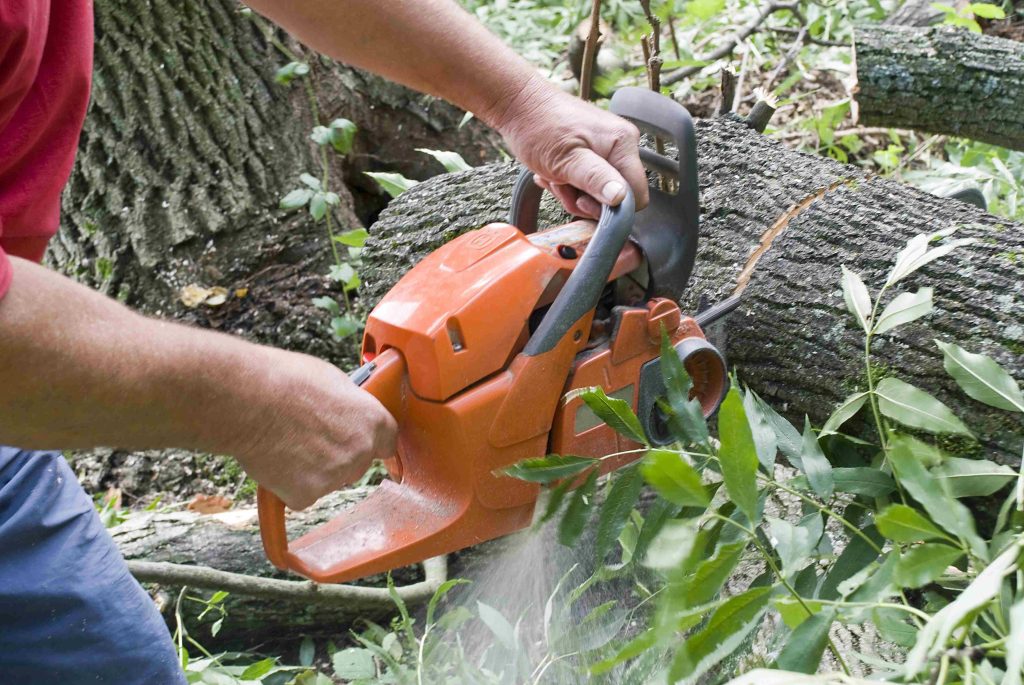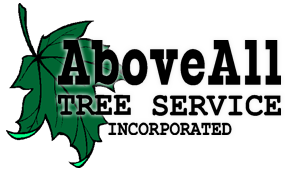Tree trimming might seem like a cosmetic task, but for homeowners in Conyers, GA, it’s much more than a matter of aesthetics. Regular tree trimming is vital for safety, tree health, property value, and long-term landscape preservation. Yet many homeowners put it off—sometimes until it’s too late.
If you’ve been delaying this essential service, it’s time to take a closer look at the real consequences. Here are the major risks of skipping tree trimming in Conyers, GA, and why professional attention from a trusted local service.
1. Increased Risk of Property Damage
Untrimmed trees can easily become a hazard to nearby structures:
- Overgrown branches may hang over roofs, driveways, or fences
- Dead limbs can fall during storms or high winds
- Large branches may interfere with power lines, posing both fire and electrocution hazards
Conyers often experiences intense seasonal storms and wind gusts. Neglected trees can turn these events into costly disasters. Regular trimming helps keep trees structurally sound and reduces the risk of emergency damage.

2. Safety Hazards to People and Pets
A single falling branch can cause severe injuries. Children playing in the yard, guests visiting your property, or even pets lounging under shade trees could be at risk.
Signs that a tree may pose a threat include:
- Hanging, cracked, or dead limbs
- Leaning trunks
- Branches too close to walking paths or play areas
Routine tree trimming in Conyers keeps your outdoor areas safer and more enjoyable year-round.
3. Decreased Tree Health and Longevity
Skipping trimming isn’t just bad for safety—it can actually shorten a tree’s life. Here’s how:
- Dead or diseased branches can infect the rest of the tree
- Crowded canopies block sunlight and air circulation
- Overgrown limbs put stress on the tree’s structure
Pruning removes problem areas and encourages stronger, healthier growth. It also allows professionals to inspect the tree and catch issues like insect infestations or fungal infections before they spread.
4. Unwanted Pest and Wildlife Problems
Overgrown trees provide an easy highway for pests like squirrels, raccoons, and insects to reach your roof and attic. Dense, untrimmed branches can also:
- Become nesting sites for birds and rodents
- Attract termites, ants, or other wood-damaging pests
- Harbor invasive species that threaten your yard’s ecosystem
Strategic trimming creates space and separation between tree limbs and your home—helping you avoid future infestations.
5. Reduced Curb Appeal and Property Value
Even the most beautiful home can look neglected if it’s surrounded by overgrown trees. Messy, lopsided branches and excessive canopy density obscure your home’s exterior and block natural light.
Regular tree trimming in Conyers ensures:
- Balanced, attractive tree shapes
- Enhanced visibility of your property
- A well-maintained, upscale appearance
If you’re thinking about selling your home, healthy and attractive trees can boost its market appeal and value.
6. Interference with Driveways, Sidewalks, and Power Lines
Trees that are left to grow unchecked can:
- Obstruct driveways and road views
- Create walking hazards along sidewalks
- Interfere with utility lines and power infrastructure
Georgia Power and other utility providers may fine homeowners or require immediate pruning if trees begin to pose hazards. Being proactive with trimming can help you avoid emergency service calls or citations.
7. Higher Long-Term Costs
Postponing trimming often leads to larger, more expensive problems:
- Emergency tree removal after a storm
- Damage to roofing, gutters, and vehicles
- Structural pruning or full tree replacement
By scheduling routine trimming, you’re spreading out maintenance costs and avoiding major financial surprises.
8. Legal Liability Issues
Homeowners can be held responsible if a tree on their property causes damage or injury—especially if signs of neglect are obvious. If a dead branch falls and damages your neighbor’s home or injures someone on your property, you could be facing legal and insurance complications.
Hiring a professional for regular tree trimming in Conyers, GA can serve as documented proof that you’ve taken reasonable precautions to protect others.
When Should You Schedule Tree Trimming in Conyers?
The best time for trimming varies by tree species, but general guidelines include:
- Late winter to early spring (before new growth)
- After storm season to assess damage
- When trees show signs of distress like browning, dieback, or leaning
Above All Tree Service offers seasonal assessments and tailored pruning plans to match your landscape’s needs.
Why Trust a Professional Tree Service in Conyers?
DIY tree trimming is dangerous. It requires the right tools, training, and safety gear. Certified arborists and trained crews at Above All Tree Service:
- Understand the growth patterns and structural needs of local tree species
- Can identify signs of disease or infestation
- Use industry-best practices for clean, strategic cuts
- Prioritize safety for you, your property, and yourself
Most importantly, they get the job done right the first time—saving you time, stress, and future headaches.
Final Thoughts: Don’t Wait Until It’s Too Late
In a region like Conyers, GA—where weather, wildlife, and natural beauty go hand in hand—caring for your trees is non-negotiable. The risks of skipping routine tree trimming include everything from safety hazards to expensive damage and even liability concerns.
By working with a local expert like Above All Tree Service, you protect your investment, your family, and your peace of mind. Whether you need a one-time trim or seasonal maintenance, professional help ensures your trees remain an asset, not a liability. Ready to schedule your tree trimming service in Conyers, GA? Contact Above All Tree today for a free consultation and discover the difference expert care can make.


